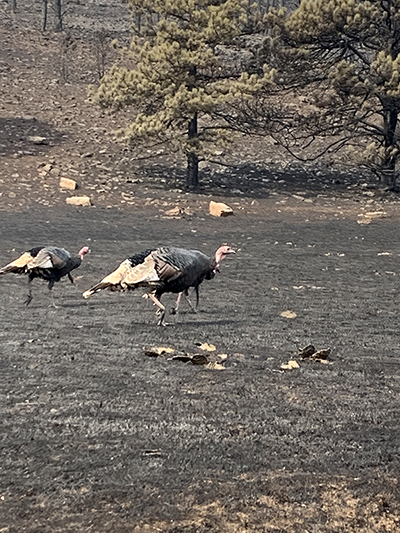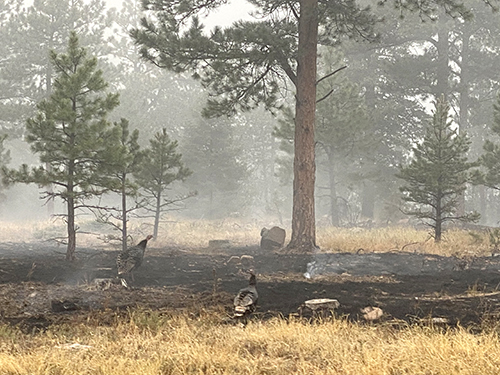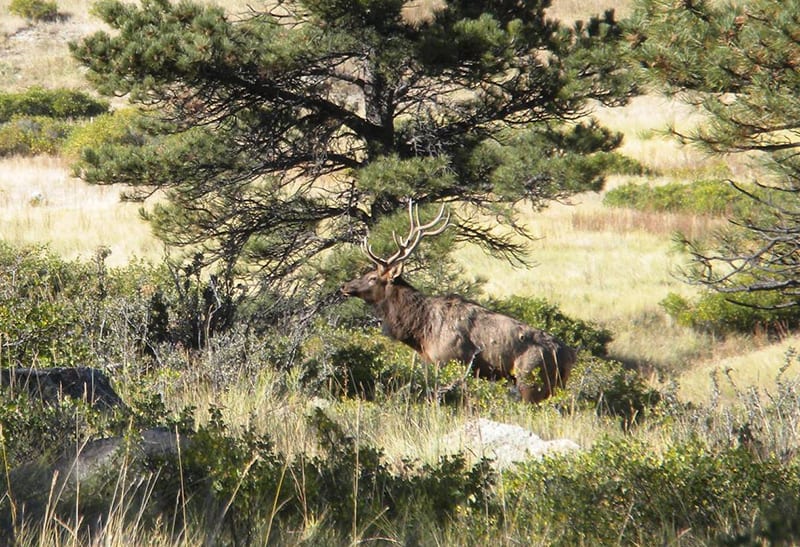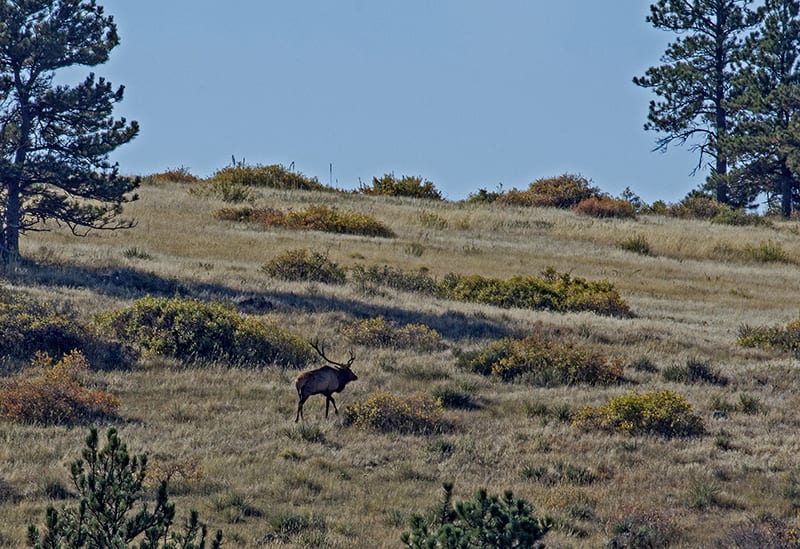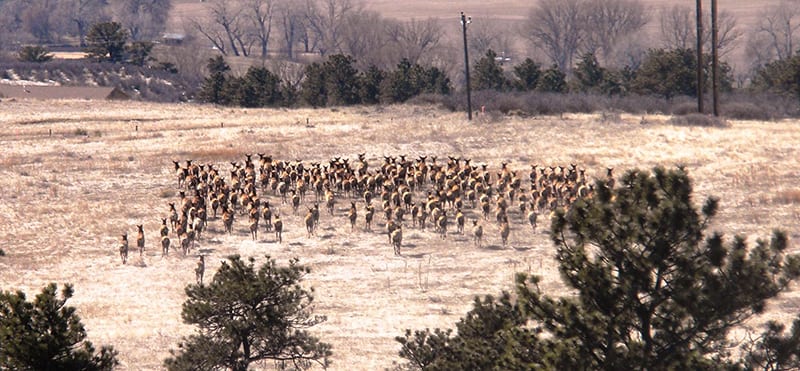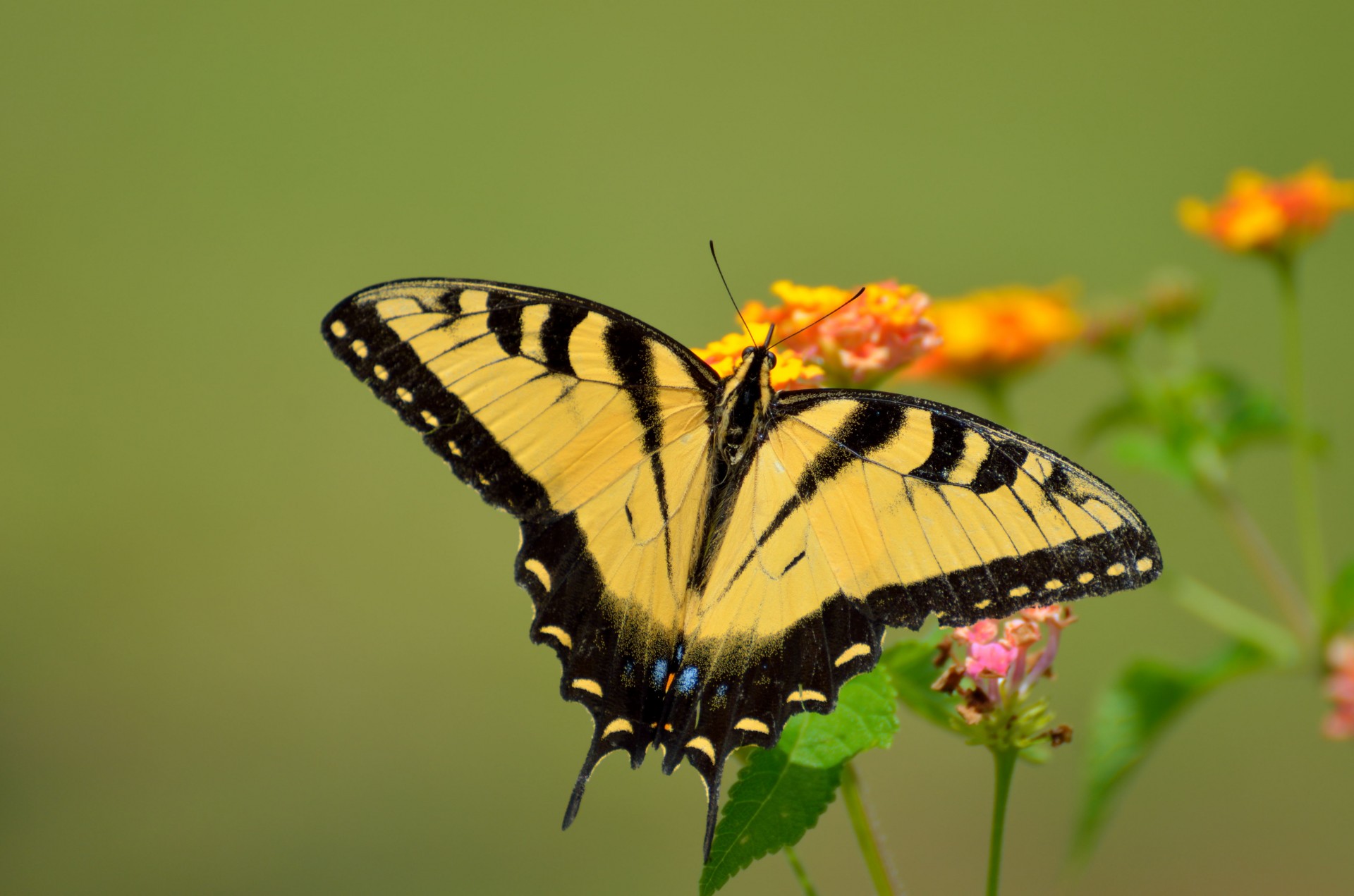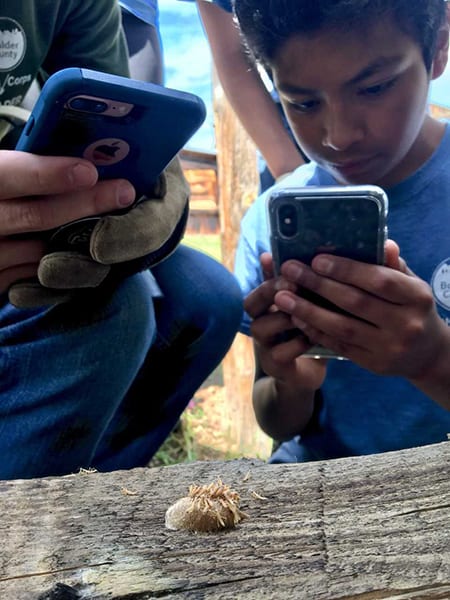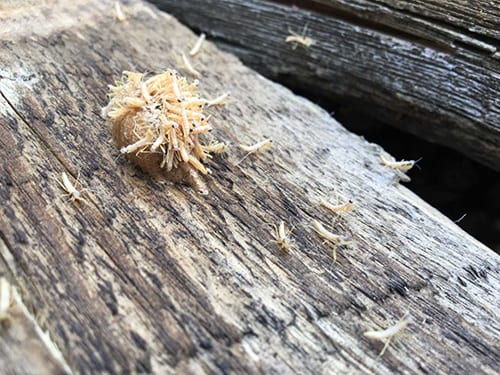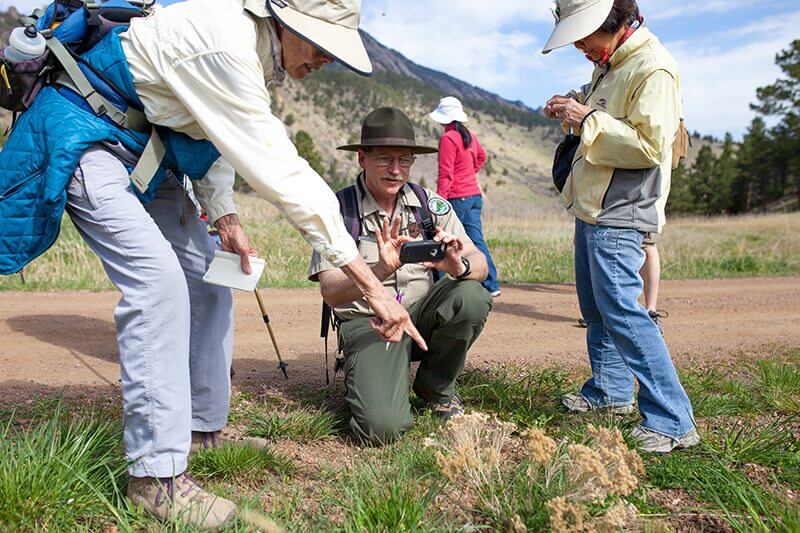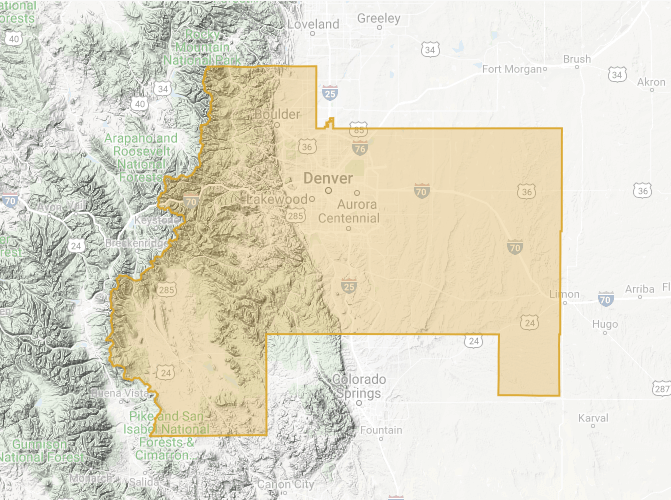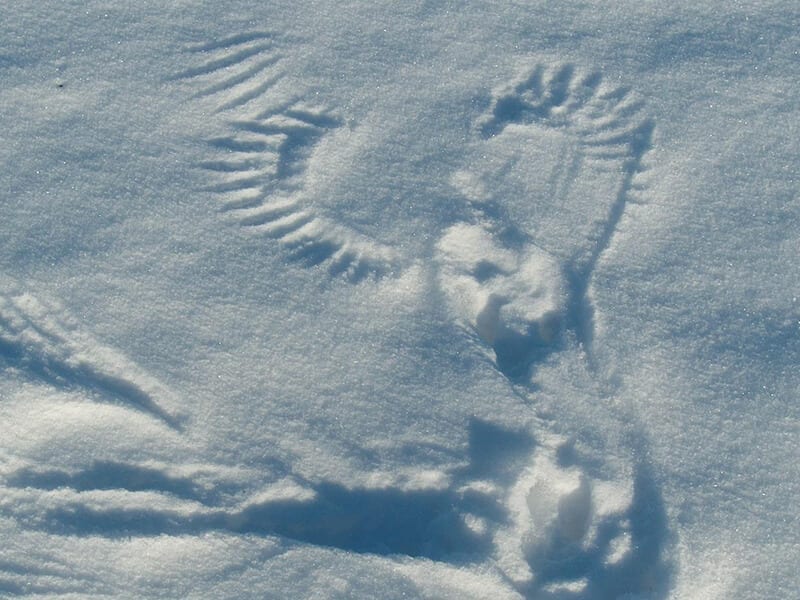Save the Date for the 2021 City Nature Challenge!
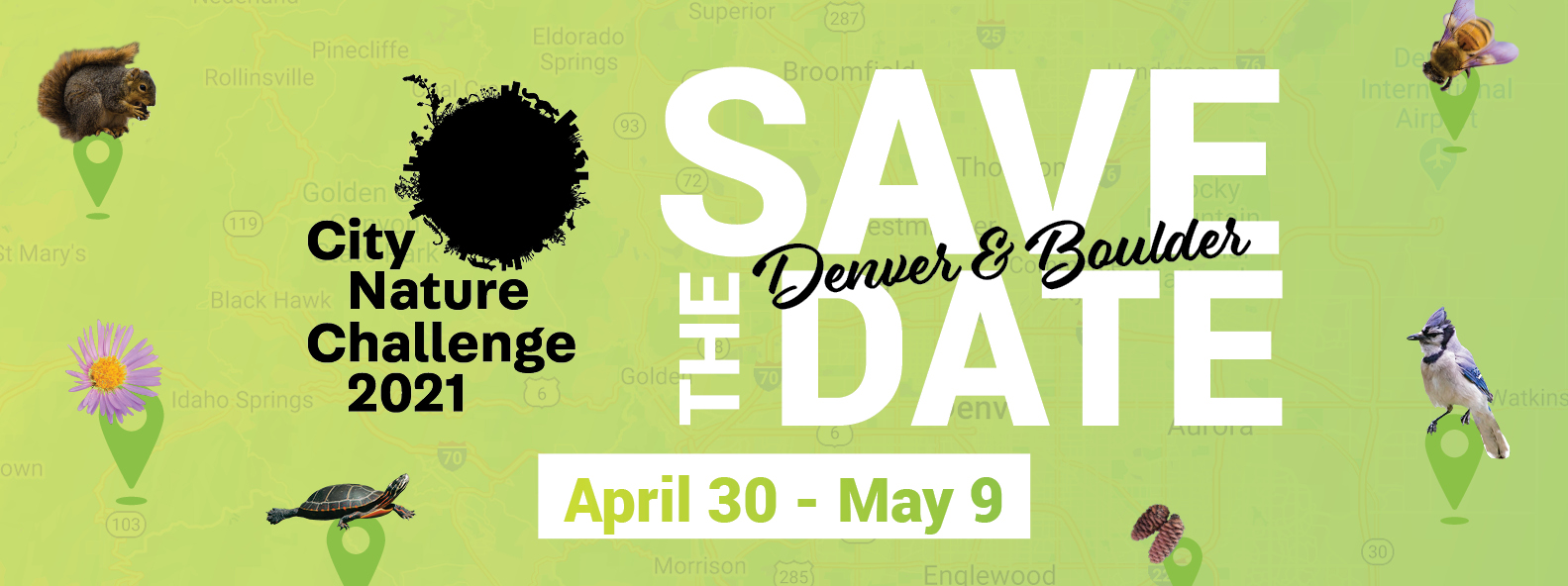
The 2021 City Nature Challenge will be here before we know it! Help us show the world how biodiverse our region is by documenting observations of wild plants and animals from April 30 – May 3, 2021. Document nature in your home, backyard, neighborhood, or nearby parks or trails, and upload your observations to iNaturalist. Any observations of wild plants, animals, and fungus found throughout the Denver-Boulder region will count.
Last year, the Denver Metro Area competed against 244 cities throughout the globe and came up with some impressive numbers:
- 5,847 total observations
- 838 plant and wildlife species identified
- 443 observers
- 373 identifiers
Throughout the globe, 41,165 observers from 244 cities collected 814,258 observations of 32,500+ species (including more than 1,300 rare/endangered/threatened species) during the four-day bioblitz! Read more about the 2020 results and view some of the standout observations from the Denver-Boulder region.
The first four days, April 30 – May 3, are the days that observations will be collected (aka the bioblitz), and the last six days, May 4 – May 9, are when those observations will be identified and verified. Participants can also continue to upload observations during this six-day period as long as the sightings took place during April 30 – May 3.
You can make observations anywhere wild nature exists: explore your backyard and neighborhood, city and neighborhood parks, open space, mountain parks, and natural areas, state parks, urban areas, and more! In light of the COVID-19 pandemic, we ask that participants please be respectful of all people and wildlife around you, follow all social distancing requirements, and abide by local land and facility closures. Avoid overcrowded areas and instead visit popular trails during off days/times.
Learn how you can get involved by visiting wild.org/naturechallenge and joining our City Nature Challenge project on iNaturalist. Can't wait to see your observations!


